A reflective look at Scenario Based Learning
What is scenario-based learning?
Scenarios or scenario-based learning give learners decision-making powers in a real-world situation. The aim is to help learners understand the consequences of their actions. The scenarios should be meaningful and relevant to the learner’s own situation. Ideally allowing the learners to extrapolate the experience into their daily routines. A customer service agent may experience scenarios on dealing with complicated customer problems. An officer worker may undertake scenarios to avoid infecting their computer with malware.
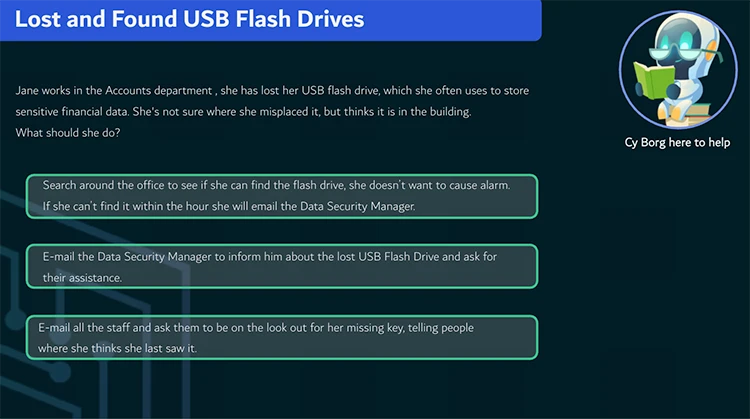
A single scenario offers users one decision point, ideally with three options. A branching scenario offers a series of decision points that are connected from one to the next. Single and branching scenarios are tools that can help bring about lasting change.
Scenarios offer a really good way to help encourage a change in behaviour. They allow the learner to explore both desired and undesired behavioural approaches.
Scenarios as a learning tool, are best used in a series. It will take more than a single scenario to bring about lasting and meaningful change. Spaced repetition is important, as it will allow for a gradual change in behaviour and ideas to occur.
Why do they work so well?
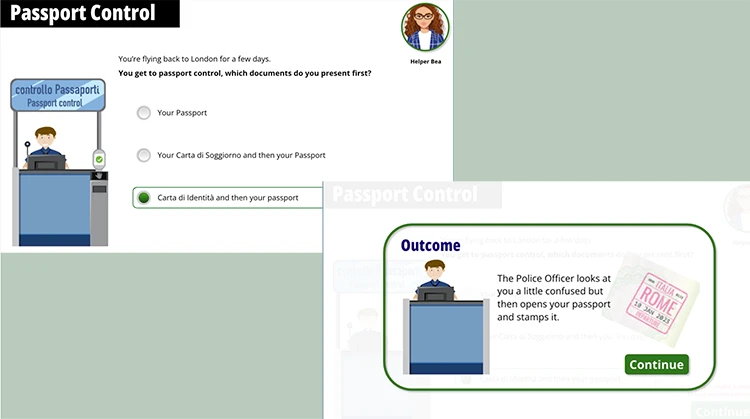
Seeing outcomes quickly – allows for self-evaluation The learner is placed into a situation and asked how they would perform. Their choice will instantly lead to an outcome. It might not be clear if this was the right option, but it does offer an element of instant feedback.
If a learner is not happy with the outcome, they can repeat and change their approach. It is advisable to encourage this type of approach. Certainly, at the early stages of this learning approach. We want to encourage learners to experiment and see what happens if they take a different option.
Scenarios containing similar behavioural approaches should be presented over a period of time. The regular repetition reinforces ideas and helps create long-lasting change for the learners. The learner becomes an active participant in deciding the outcomes. Again, this supports the building and correction of existing knowledge and muscle memory.
How do Scenarios Work?
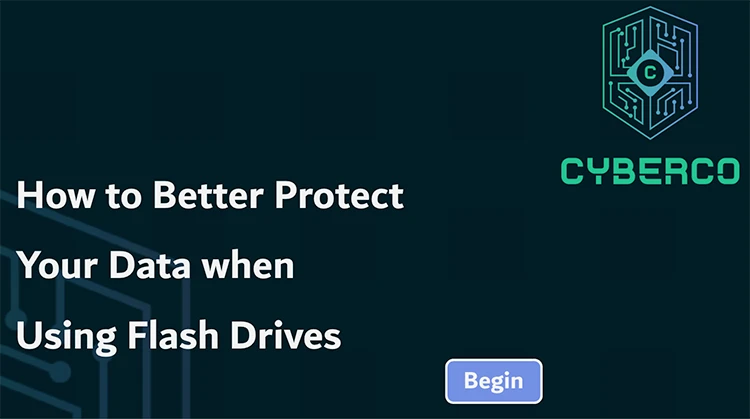
A good scenario will have a well-defined but simple dilemma. “This happens” followed by “How do you respond?” Ideally, the learner would be faced with three meaningful and credible solutions. One option must model the behaviour you want the learner to replicate. The other two options should replicate incorrect actions/behaviours that are commonplace now. We’d like to see one of these two behaviours being fairly similar to the desired behaviour. However, the outcome of this option will not lead to the desired results.
When are Scenarios Useful?
Scenarios are awesome if you want to create a change in behaviour. We can define a behaviour as the interaction between two people, or someone and an object. If we can model this interaction with more than two possible outcomes. Scenarios are not about direct knowledge checks; you would not ask if something is right or wrong.
What are the advantages of Scenario Based Learning?
Scenarios are not always trusted by people looking for learning experiences. However, I would like to show you why I think Scenarios offer a good learning tool. A tool that can help develop meaningful and lasting change. This is something I am passionate about helping organisations and companies achieve.
Scenarios Encourage Experimentation – ‘What would happen if?’
Learners should be encouraged to take alternative routes and explore what happens. Seeing mistakes happen is as important as always selecting the right path. Knowing and understanding the mistakes will help to reinforce the correct behaviour. Over time, the errors will also help the learner spot when a situation is going in the wrong direction. Allowing them to naturally self-correct and attempt to avoid disaster.
Scenarios Offer Learners Low Risk of Failure

A traditional approach to training would be to tell the learner what is expected of them and what they need to do. A willing participant may actively try out the new approach. However, if this new approach fails a few times, the learner is unlikely to change to the new approach. By placing the new approach in a scenario, then the risk of failure in real life drops. If a learner fails in a scenario, they can simply have another go. They can later apply the scenario experiences to real life. The repeated nature of scenario training allows for greater nuance of situations. This in turn gives the learner more to draw upon in real-life situations. Removing the consequences of failure helps encourage learners to explore success and failure.
Scenarios can Offer an Easy to Scaffold in Support
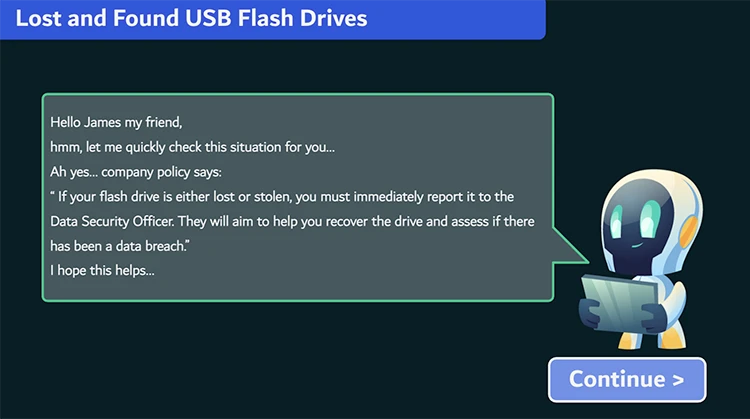
In the early stages of helping learners adopt a new approach, it is preferred to be able to offer extra support. Scaffolded support is where we can help the learner bridge a gap to the right solution. In the very first scenario sets we can actively provide strong guidance. This may even indirectly guide the user to the right solution. In subsequent sets of scenarios, the amount of support will reduce. We can use a friendly support character within the scenario interface. This character acts as scaffolding to help support the learner through the experiences.
A scaffolded approach to learning helps develop good practice in the early stages. As the scaffolding is slowly removed the aim is to consolidate the learning. This results in the learner gaining greater autonomy for their decision-making. The greater the autonomy the longer lasting the desired outcomes will be.

Scenarios Require Active Participation from the Leaner
Active participation in learning is more effective than being a passive recipient. The act of thinking and making a decision helps develop greater memory recall. An active participant is likely to be more engaged and more focused on the task. A user expected to sit and soak in a lecture or talk is more likely to get distracted. Scenarios are all about making decisions and considering consequences.
Scenarios are a Great Way to Introduce Discussion in a Face-to-Face Group
Scenarios are not limited to e-learning, they can also be used within a face-to-face session. Participants can discuss how realistic the outcomes are. They can also discuss and develop thinking into the options and outcomes. This process can help to build better knowledge among the group.
What are the Disadvantages?
Scenarios are a powerful tool that I can build for you to help with organisational change. We’ve seen above how they can help achieve meaningful and lasting changes. However, they are not without some level of limitations. In this section, I will consider a few of their limits.
Scenarios Require a Lot of Time and Effort to Setup in a Meaningful Way

A well-structured set of scenarios will take considerable time and effort to prepare. Scenarios need to be realistic and reflect real-world experiences for the learner. The input from one or 2 subject matter experts will help to ensure that the outcomes are appropriate.
It takes a considerable amount of time to make a series of well-structured scenarios. It is comparable to the time needed to prepare a good instructor-led PowerPoint event. However, instructor-led PowerPoint events tend to be focused on passive learning. Telling the user what they need to know. As mentioned above scenarios promote active participation from the start. With both options available, scenarios are designed to provide meaningful long-lasting results.
Not Every Action has a Set of Reasonable and Likely Outcomes
Not all situations lend themselves to the scenario treatment. They are better suited to a change in behaviour and addressing actions. If you need to check knowledge don’t be confused that a context question is the same thing as a scenario, it is not. If something is clearly either right or wrong, then it probably doesn’t count as a scenario candidate. That said, changing the viewpoint on a situation can turn it from a true or false into a scenario candidate.
Scenario Actions are Limited to Pre-Defined Options
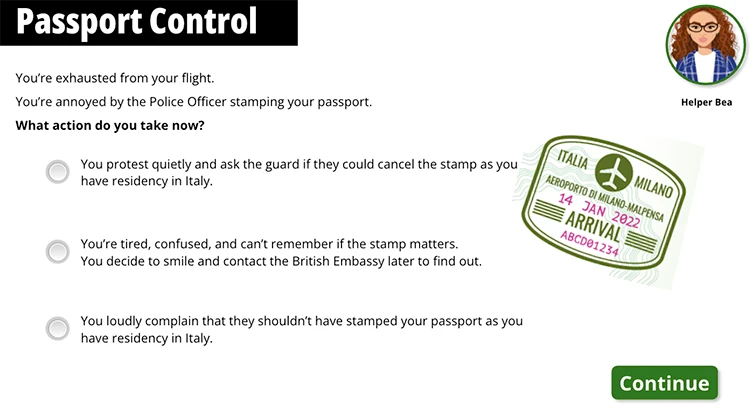
This is a limitation of scenarios. As well-planned and well-meaning the options and outcomes are, they’re still pre-defined. At least one learner is likely to find fault with the scenarios and options. It’s just not possible to extend to too many options. Branching scenarios grow exponentially at a rate depending on the number of options. Three options at the first step, means 9 at the second, 27 at the third, and so on.
It’s just not possible to always account for every possible option. A single face-to-face session with learners can help bridge the gap between expectations and reality. It can lead to meaningful discussions where learners can explore alternative outcomes. Even drilling down into the most likely consequences for those alternate outcomes.
Some Experience of the Situation or Pre-Existing Knowledge may be Required
Scenarios require an idea of what is happening or going on in order to be used successfully. If the user has no experience of the situation, then scenarios are not the right place to start. Similarly, with focus upon knowledge acquisition, then scenarios are not the right tool. If, for example, you are launching a brand-new product to market. You probably want learners to remember by heart the key features of your product. A scenario is not going to be the best solution. There are more suitable tools to help with that. Likewise, introducing a brand-new piece of equipment to a workforce, scenarios are not a good place to start. You may use them later to troubleshoot problems, but as a starting point, they offer no help. Scenarios require a level of understanding by the learner of what is happening to effectively operate within the space.
Scenarios are Not a One-and-Done Solution
Scenarios require lots of iteration over time. No instructional design solution is fully effective as a standalone single solution. There is always a need for repetition at intervals to help the learner grasp the change in behaviour or knowledge to be understood. Scenarios are no different, the best scenario solutions would be regularly repeated over a substantial period of time.
Scenarios Could Help Your Organisation
While scenarios do have some limitations, I hope you’ve seen there are workarounds. Certainly, with the appropriate applications they can be really powerful in aiding improvements. No matter the problem you face, I am able to help you find the best solutions for your learners’ needs. Let’s connect and discuss how scenarios could help your learners achieve meaningful and lasting results.